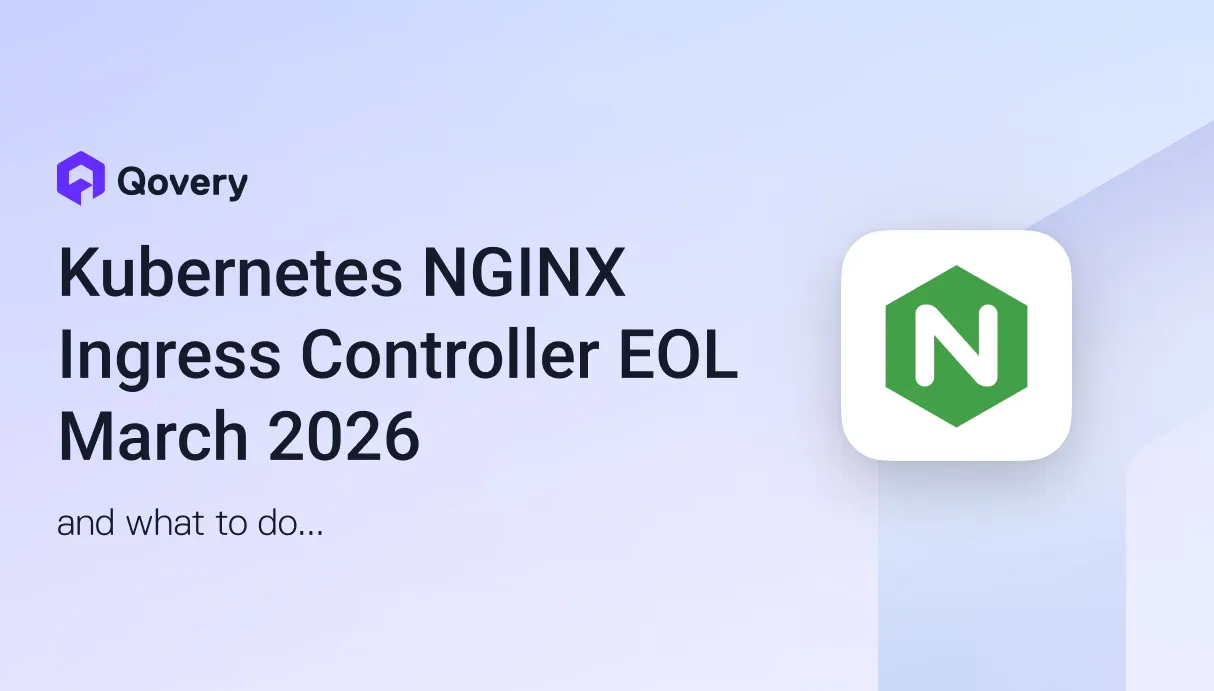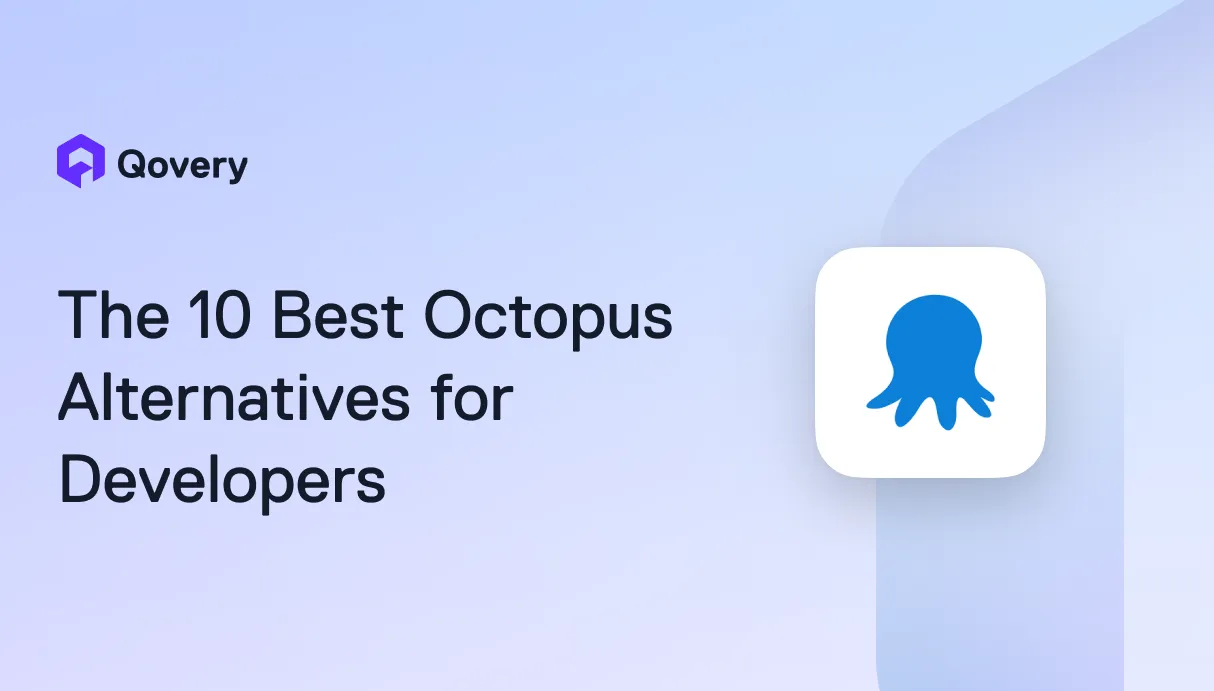

Integrating Agentic AI into Your DevOps Workflow



Key Points:
- Traditional Automation Hit a Ceiling: While standard scripts handle repetitive tasks, they fail at the "ambiguous work" that consumes engineering time—specifically troubleshooting complex logs, optimizing costs for unique workloads, and managing configuration edge cases.
- The Shift to Agentic Intelligence: Unlike passive monitoring tools, DevOps AI agents provide a natural language interface that autonomously interprets data to explain why errors occur, executes multi-step complex operations, and proactively enforces policies before bottlenecks arise.
- Qovery’s Specialized Approach: Qovery’s AI DevOps Copilot isn’t a generic chatbot; it is a team of five specialized agents (FinOps, DevSecOps, Observability, Provision, and CI/CD) trained on 25 million applications to eliminate toil across the entire DevOps lifecycle.
The modern cloud environment demands rapid innovation, yet software teams find themselves trapped in a productivity paradox: the more complex the infrastructure, the more time is lost to manual maintenance rather than coding.
Developers are currently losing 10 or more hours every week to "non-coding toil" - the context switching, configuration troubleshooting, and manual deployments that keep the lights on but don't move the needle.
While traditional DevOps automation handles predictable CI/CD tasks effectively, it crumbles under the weight of ambiguity. Static scripts cannot diagnose unique root causes, optimize costs based on fluctuating traffic, or resolve edge cases without human intervention. To break this bottleneck, the industry must evolve from simple automation to Agentic Intelligence.
By integrating an AI DevOps agent into your workflow, you stop merely managing infrastructure and start supervising intelligent systems that diagnose, execute, and anticipate needs autonomously.
Why Traditional Automation Falls Short
Traditional DevOps automation works well for predictable tasks like standard CI/CD pipelines. Scripts there can handle repetitive deployments, while templates provision consistent infrastructure. Monitoring tools can also alert on predefined threshold violations.
However, automation fails when dealing with ambiguous and context-dependent work that consumes most engineering hours. Three categories of work resist traditional automation:
1. Troubleshooting
Troubleshooting requires diagnosing root causes from varied logs and metrics sources. Each issue comes with unique symptoms that automated scripts can't interpret natively. Engineers must manually correlate data across multiple systems to identify issues.
They must check application logs, infrastructure metrics, and dependency health. They look at recent deployments, configuration changes, and traffic patterns to build an understanding of the problem at hand, this detective work can't be scripted because most incidents have unique characteristics.
2. Optimization
Optimization demands determining cost-effective or secure configurations for unique workloads. Resource requirements vary by application, while security needs differ across environments or data sensitivity per application. Applications’ requirements can also vary depending on seasonality or business hours.
Understanding the context for resource allocation and customization is essential to building optimization recommendations. Static rules and automations can't adapt to changing requirements or identify optimization opportunities effectively.
3. Edge Cases
Edge cases arise from non-standard application setups. Real-world systems have unique dependencies, custom configurations, and legacy constraints. Pre-written scripts break when encountering unexpected scenarios, leading to hours of engineer time to resolve issues that automation can't anticipate.
These complex, manual decisions consume engineering time away from product development. They require human judgment, pattern recognition, and contextual understanding, which simple scripting can't have. Human expertise is key to adapting and solving issues, which automation can’t provide.
The Power of AI Agentic Intelligence
The shift from simple automation to agentic intelligence is a great step to solve the problem of toil. AI DevOps agents differ from traditional tools in three fundamental ways:
1. Autonomous Diagnosis: Turning Investigation into Conversation
Unlike passive monitoring that simply generates alerts, agents interpret data to find an explanation for why errors occurred.
- Root Cause Analysis: Agents analyze patterns across logs, metrics, and configurations to identify the source of the problem. An engineer can ask, "Why did my checkout service have errors last night?" and receive specific fixes based on the actual problem.
- Contextual Understanding: This capability transforms troubleshooting from a manual investigation into a conversation. Engineers describe symptoms in natural language, and agents correlate data to explain what changed, what failed, and why it matters.
2. Complex Execution: Abstracting Complexity via Natural Language
Agents can execute complex operations through natural language commands, abstracting the "how" so engineers can focus on the result.
- Intent-Based Actions: Engineers can describe complex scenarios like "Duplicate the production environment for QA testing." The agent treats this as a multi-step execution, handling implementation details and edge cases that would break traditional scripts.
- Democratizing Infrastructure: Natural language makes infrastructure accessible to the entire team. Developers without deep cloud expertise can manage complex deployments and perform tasks that previously required senior expertise, dissolving knowledge barriers.
3. Proactive Anticipation: Preventing Fires Before They Start
Agents look ahead to spot optimization opportunities, enforce policies, and clear bottlenecks before they affect development.
- Predictive Capabilities: Agents learn from usage patterns to detect resources approaching capacity limits or configuration drift before they cause user-facing problems.
- Reduced Firefighting: By suggesting optimizations before issues arise, this proactive approach reduces emergency work. Teams spend less time reacting to interruptions and more time focused on planned innovation.
This approach means engineers can stop managing infrastructure details and start supervising intelligent systems. They focus on defining goals rather than implementing scripts, freeing up cognitive load while maintaining full control and visibility.
Qovery's Specialized AI DevOps Copilot
Qovery's AI DevOps Copilot provides a comprehensive team of specialized agents covering the entire DevOps lifecycle. Each agent focuses on specific domains, bringing deep expertise to particular challenges.
The solution builds on Qovery's experience from over 25 million applications and 30+ million infrastructure operations. This deep expertise helped Qovery build agents to handle real-world scenarios effectively.
5 Specialized AI Agents, Full Coverage
The following AI agents work together, sharing context and coordinating actions across the infrastructure stack.
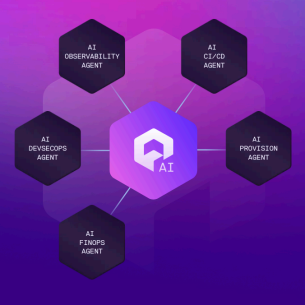
1. AI FinOps Agent
The AI FinOps Agent optimizes spending proactively. It identifies unused resources and shuts them down automatically. The agent analyzes usage patterns to suggest rightsizing opportunities and tracks cloud costs across providers to find anomalies.
The agent tracks spending trends across teams and projects and can identify anomalies before they become expensive surprises. Cost optimization becomes continuous rather than deep punctual effort, leading to better cost management for the engineering organization.
2. AI DevSecOps Agent
The AI DevSecOps Agent maintains continuous security and compliance. It scans configurations against frameworks like SOC 2 or HIPAA and identifies vulnerabilities in container images and dependencies. It can recommend remediation steps and offer security patches.
Security becomes embedded in the development process, as the agent can check for misconfigurations and validate container images for known vulnerabilities. It ensures encryption and access controls meet policy requirements.
3. AI Observability Agent
The AI Observability Agent turns log data into actionable insights as it correlates events across services to identify root causes. The agent recognizes patterns that can indicate emerging issues and provides plain-language explanations of complex system behaviors.
Troubleshooting becomes conversational. Engineers ask, "Why did the payment service fail?" rather than manually searching logs and cross-referencing data. The agent explains the sequence of events, identifies the root cause, and suggests remediation steps from the preliminary investigation.
4. AI Provision Agent
The AI Provision Agent simplifies infrastructure setup through natural language. Engineers can describe what they need rather than writing configuration files. The agent maintains the infrastructure following the existing standards while adapting to specific requirements.
Infrastructure provisioning becomes accessible to all developers. They request "a staging environment like production but smaller" rather than writing configuration files. The agent handles networking, security, and resource allocation details.
Best practices become automatic as the agent ensures consistency across environments. Infrastructure quality improves while provisioning time decreases for the organization.
5. AI CI/CD Agent
The AI CI/CD Agent manages and schedules deployments based on specific conditional logic. The agent coordinates complex deployment workflows across environments, leveraging Kubernetes to handle dependencies, rollbacks, and verification automatically.
The agent reduces deployment failures through intelligent scheduling and verification. It ensures test environments are ready before deployments and validates success criteria before promoting changes. Deployment confidence increases while manual coordination decreases.
These agents work together, orchestrated as an integrated team serving all developers from an engineering organization. The FinOps agent identifies optimization opportunities that the Provision agent implements. The DevSecOps agent validates changes from the CI/CD agent while the Observability agent monitors everything. This leads to robust infrastructure and deployment management, increasing the product quality down the line.
Conclusion
The evolution from automation to agentic intelligence represents a fundamental shift in DevOps practice. AI agents eliminate the manual toil that consumes engineering time. They handle complex, context-dependent tasks that scripts can't solve natively.
This transformation enables teams to focus on innovation rather than infrastructure management. Engineers become more productive and satisfied while organizations deliver features faster, reducing operational cost.
The shift from managing infrastructure to supervising intelligent systems changes engineering roles. Teams spend less time on repetitive tasks and more time on creative problem-solving. Job satisfaction improves when work becomes more engaging and impactful.
The technology exists today to make this shift. DevOps AI agents are ready for production use. Teams that adopt them gain competitive advantages through increased efficiency and reduced operational burden.
Ready to eliminate DevOps toil?
Schedule a demo with Qovery to see how our AI DevOps Copilot can transform your infrastructure management from a time sink into a competitive advantage.

Suggested articles
.webp)



.svg)
.svg)
.svg)

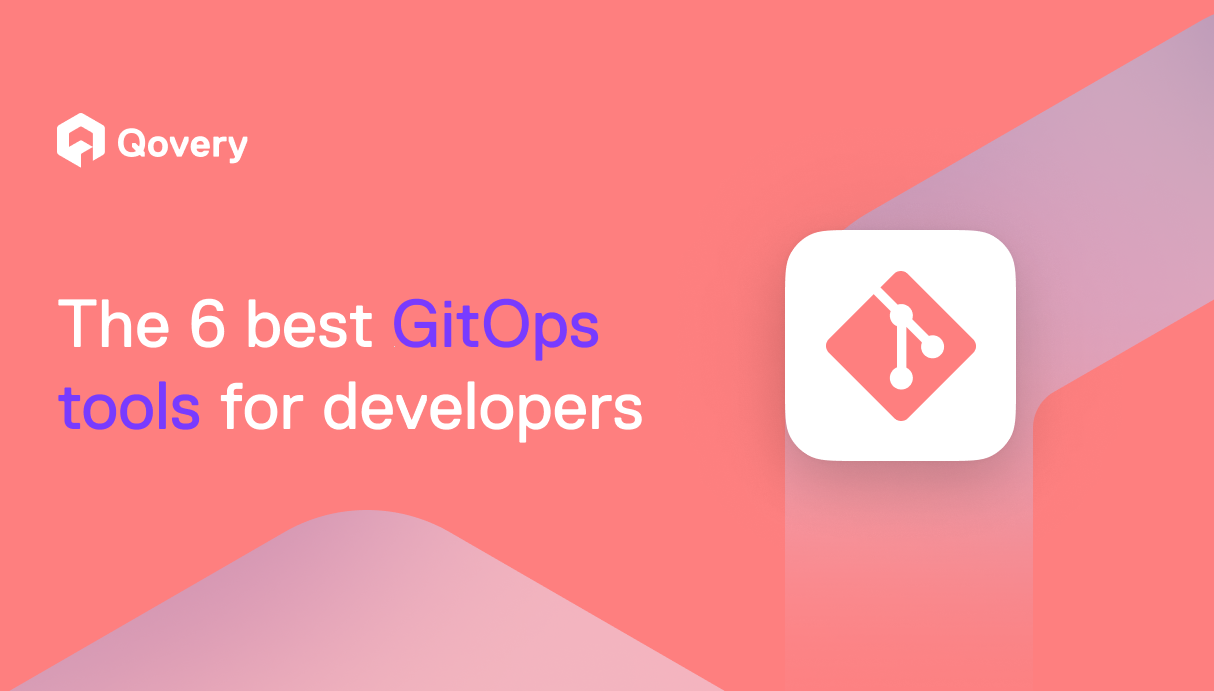

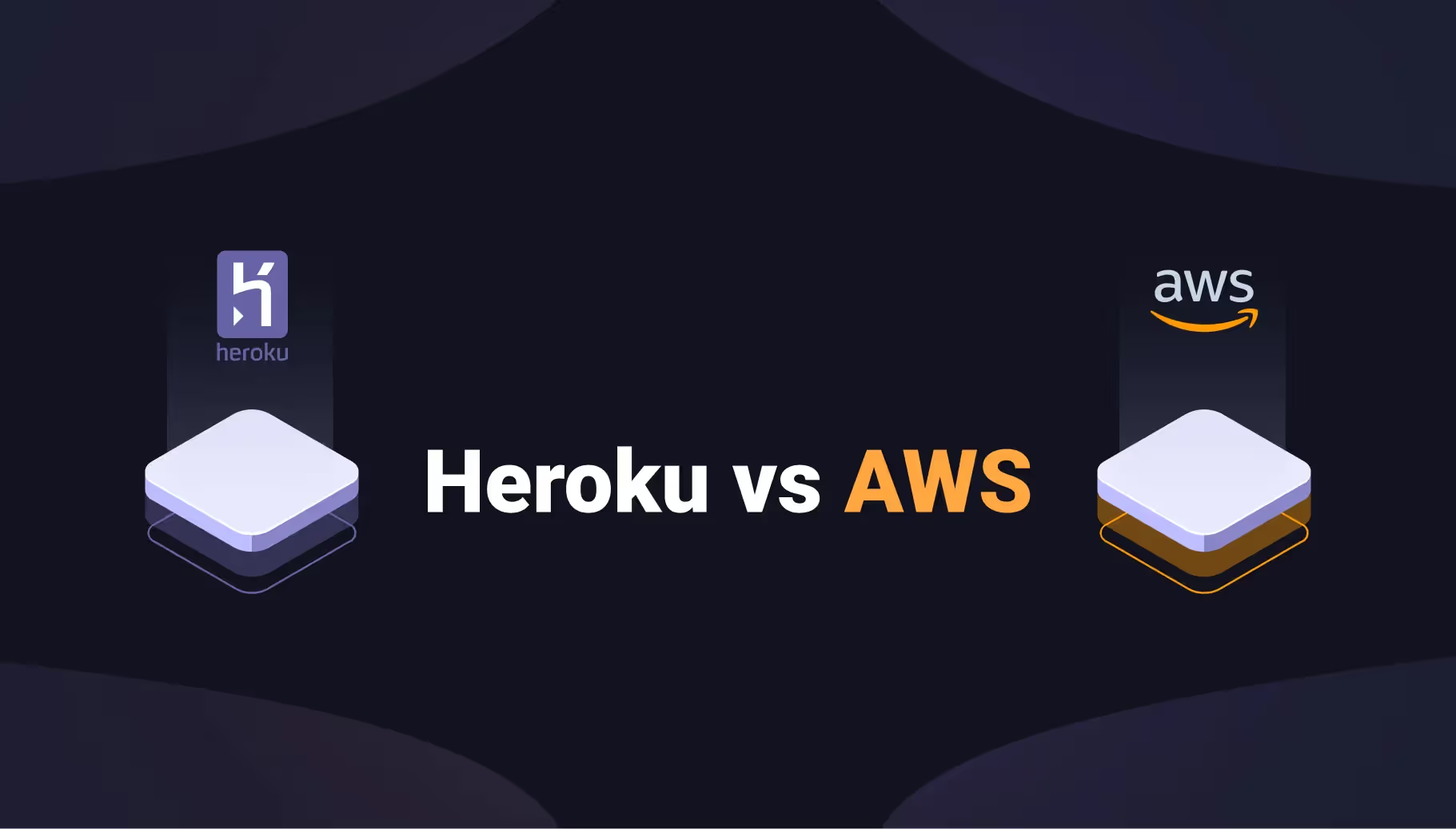


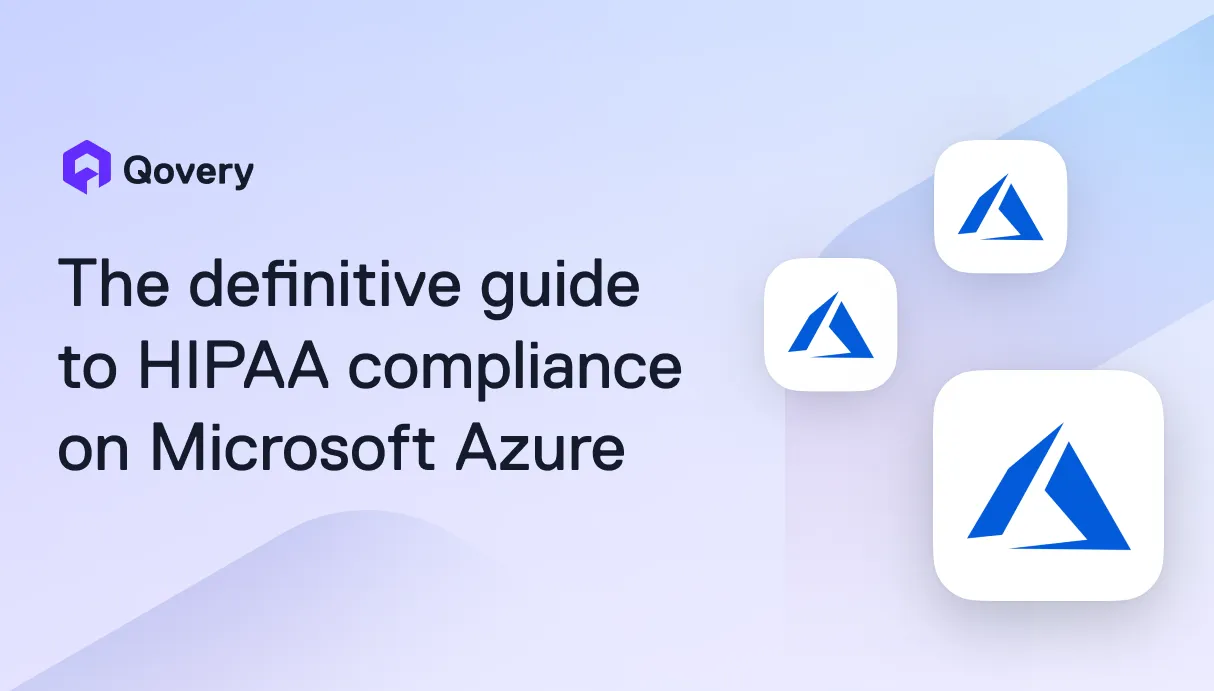
.webp)
